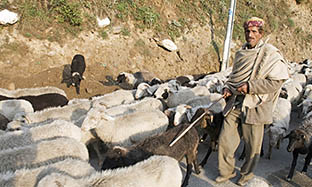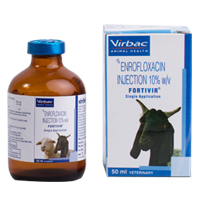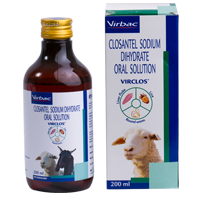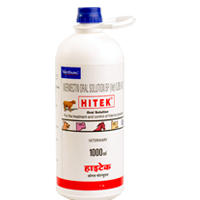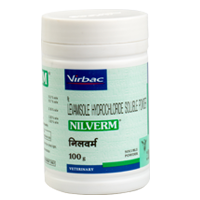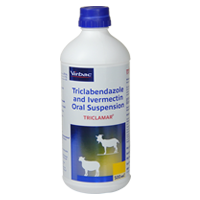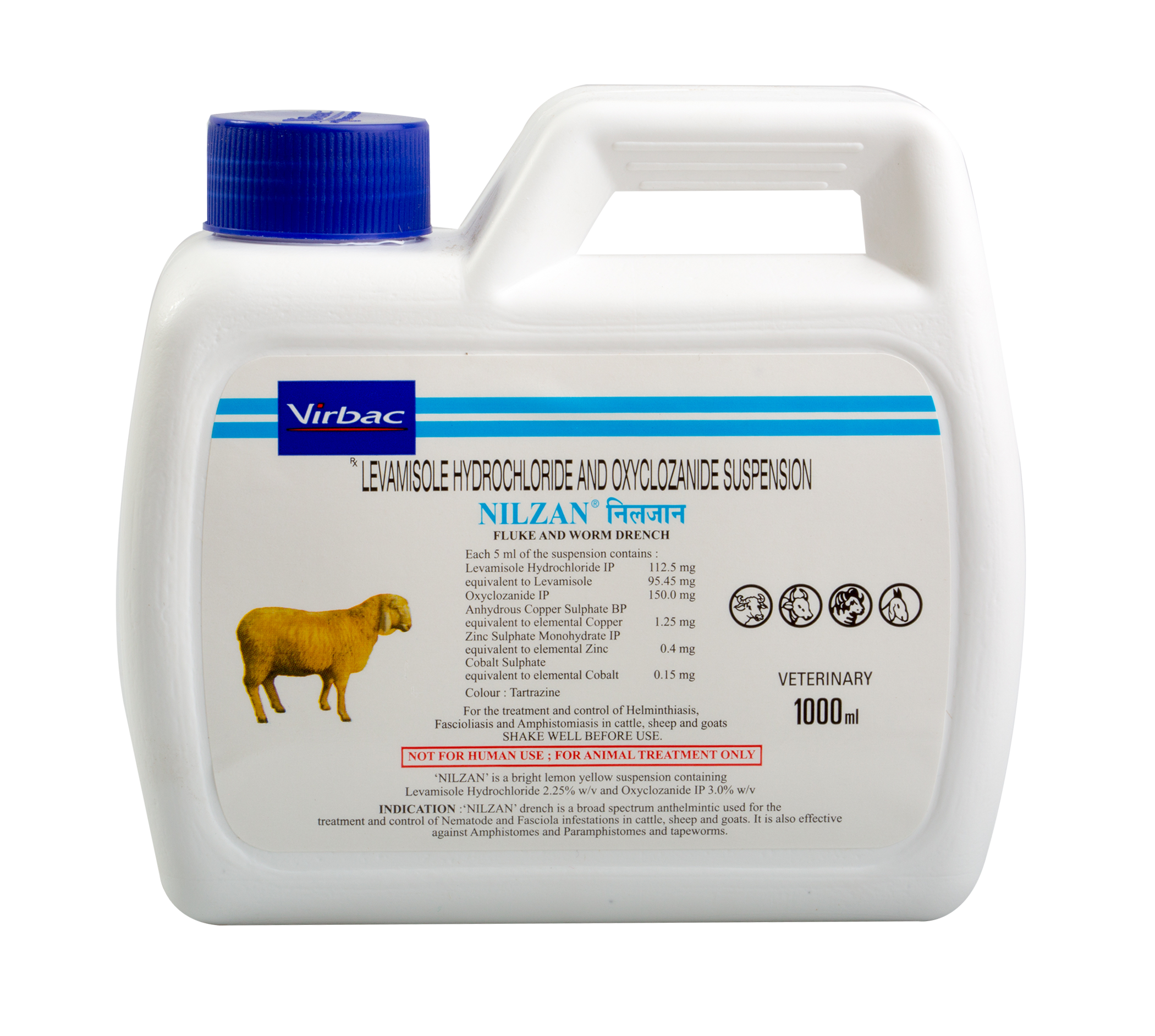
How Liver fluke infestation is a common problem in grazing sheep and goat. So deworming very important in grazing sheep?
Liver fluke (Fasciola hepatica) is a parasite affecting a range of livestock and other species. Final hosts in which it can develop to sexual maturity include livestock such as sheep, cattle, horses, pigs, goats, alpacas and deer. Other species include kangaroos, wallabies, rabbits, and humans. People can be infected by eating watercress growing along creeks in fluke-infested country.
Millions of sheep, goats and cattle graze pastures where liver fluke is endemic, mainly in south-eastern India.
Liver fluke costs millions of dollars each year in lost production, stock deaths, and costs of treatment and prevention. As with many worms, most of the economic cost is associated with production losses from infections that may not be apparent.
Liver fluke occurs in regions and areas on individual farms where watery environments, such as springs, slow-moving streams with marshy banks, irrigation channels and seepages, suit hatching of fluke eggs into swimming larvae and provide a habitat for aquatic snails.
Adult fluke in bile ducts produce eggs that flow in the bile to the intestines and are passed out in the host’s faeces. The eggs hatch in wet areas on pasture when mean daily temperatures are over 10°C. Larvae (miracidia) invade the intermediate hosts, which are aquatic lymnaeid snails: most commonly Austropeplea (Lymnaea) tomentosa in India.
The tadpole-like cercariae leave the snails, swim until they find vegetation and form cysts (metacercariae), which are the stages infective to sheep, goats, cattle, other species and humans. Grazing animals ingest the cysts, which release immature flukes in the small intestine. The young flukes penetrate the intestinal wall, make their way to the liver, and then migrate through the liver tissue for 6–7 weeks before entering the bile ducts to become adults. Egg production starts 8–10 weeks after infection. Adult fluke can live for several years and produce over 20,000 eggs per day.
Liver fluke disease can be acute, sub-acute or chronic, depending on the size of the infection and how quickly it is acquired. Disease is due to haemorrhage and tissue damage from immature fluke migrating through the liver, from damage to the bile ducts, and blood loss due to the feeding adult fluke.
Acute fasciolosis: Possibly causes death, with or without abdominal pain, jaundice and anaemia.
Sub-acute fasciolosis: Causes jaundice, ill thrift, anaemia, and possibly death after several weeks.
Chronic fasciolosis: The most common form; slowly developing clinical signs include anaemia, loss of appetite, and ‘bottle jaw’ (submandibular oedema).
Black disease: This is an acute and fatal liver disease of ruminants such as sheep, goats and cattle, which is caused by the bacterium Clostridium novyi, usually in association with young fluke migrating through the liver. It is preventable by vaccination with 5-in-1 (clostridial vaccine).
Treatment is by use of flukicide drenches—anthelmintics effective against liver fluke.
Control is by combining strategic treatment with flukicides and grazing management.
As ‘flukey’ areas are confined to certain parts of a farm, grazing of these areas can be managed or even precluded. For example, grazing affected areas by the most vulnerable stock (sheep, goats and young cattle) can be minimised.
Strategic treatments can help to reduce liver fluke populations. One to three treatments may be needed per year, depending on the severity of the problem. The most important treatment is the April–May treatment, and a highly effective flukicide (one based on triclabendazole) should be used.
Regular monitoring should be undertaken. Testing options include:
- Liver fluke egg counts, using faecal samples, but remember fluke eggs only appear in the faeces of the host 8-10 weeks after infection.
- An antibody test (ELISA) using blood samples or, in the case of dairy cattle, milk samples.
To effectively control parasites we have evolved our approach from deworming all animals at regular intervals, to a strategic approach in which we deworm less frequently and concentrate on high-risk animals. The most recent approach includes strategic deworming, which involves evaluating and treating individual animals based on their parasite load.
As compared to ewes, lambs are at much higher risk of parasitism as a result of less immunity. The previously mentioned grazing strategies are important particularly with grazing ewes nursing lambs. Stocking rate and forage management in conjunction with well-timed dewormings should be utilized for this production group. Lambs will exhibit the effects of parasitism well before ewes, so monitoring of grazing lambs should guide treatment protocols. Weaning and grazing lambs separate from mature sheep assists in parasite management for both groups of sheep. When separated, lambs should graze “cleaner” pastures with more forage availability.
It has been demonstrated that the majority of the parasite problems in flocks are the result of a small proportion of the sheep. Methods which identify these problem animals and eliminate them from the flock assist in controlling parasites and reducing resistance. Animals which are chronically wormy are good candidates to cull.
Managing parasites is essential to sheep enterprise profitability. A number of strategies are available which reduce the dependence on dewormers, and implementation of these strategies is necessary to address drug resistance which has become widespread in recent years.
Each flock will be unique in the techniques which equate to a successful parasite management program. Forage and grazing management and prudent use of dewormers need to be matched to the production system and resources of an individual farm. Stocking rate, forage quantity and quality, grazing practices, and flock genetics are all contributing factors which will impact a planned parasite control management program.

